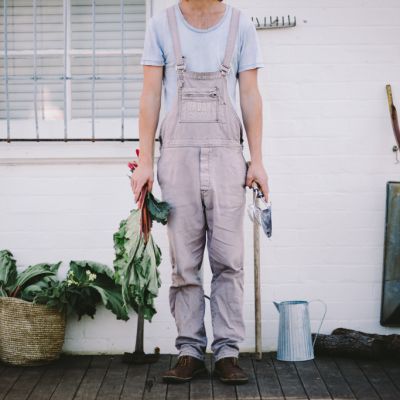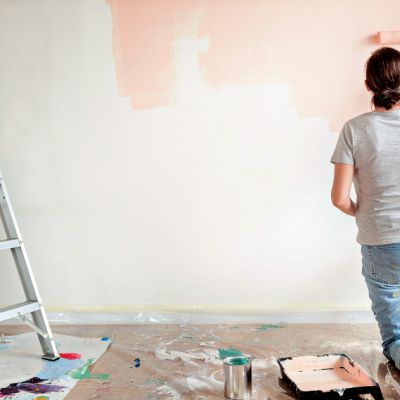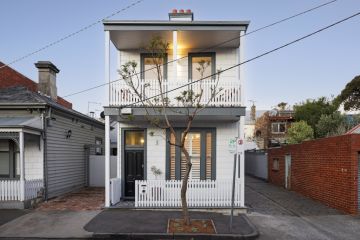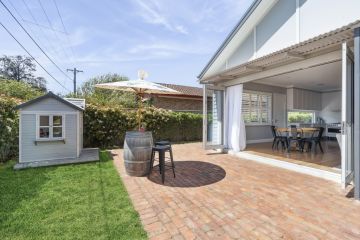The pros and cons of painting over your home's wooden features
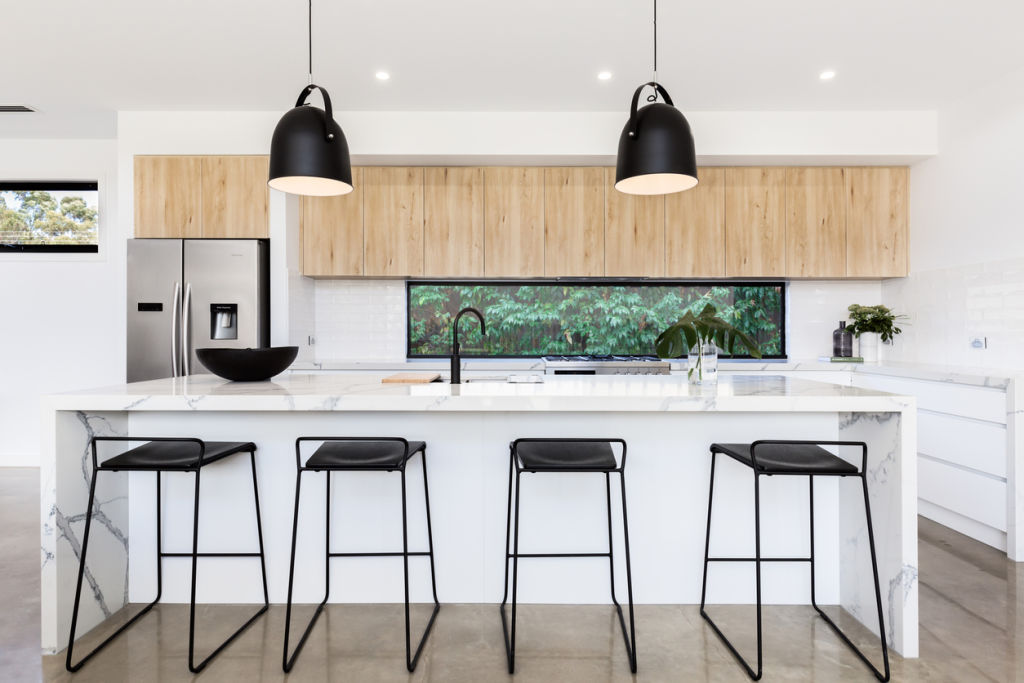
My mother and I have a running decor battle going on in our shared home.
I want to paint over all the 1980s pine with fresh, white paint. She says she’ll burn the dang place down before she lets that happen.
As much as I yearn for the clean look of painted sills, baseboards and architraves, I do understand where she’s coming from. Kauri, rimu and matai died to give many homes their distinctive timber character. Many, many more pines karked it in pursuit of the 1980s woody aesthetic too.
Hear from Australians taking grown-up gap years on Somewhere Else:
But is it right to slather them in paint just because bare wood has gone out of fashion?
It’s such a hot decor issue, Huffington Post asked if painting wood might not actually be “a mortal sin” – in their example, it’s wooden furniture, but the principle is the same.
“Decorologist” Kristie Barnett even suggested some men actually “fear” painting wood.
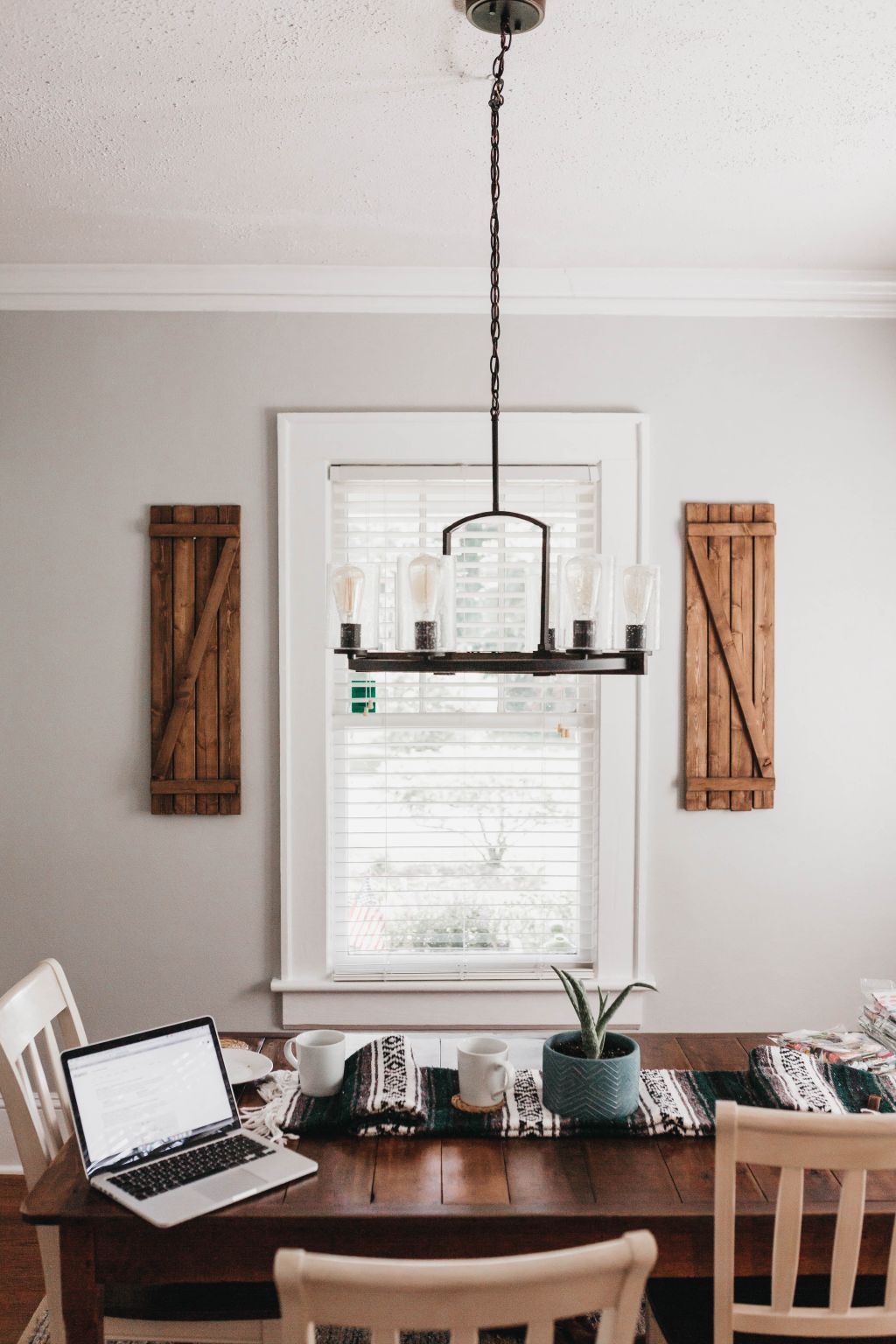
“Do you really believe that painting wood is immoral? A crime against nature and all that is natural? Can knotty pine feel pain?” she asked incredulously, before sharing a picture of a pine timber kitchen so ugly it would make your eyes bleed.
She painted all the orange pine white, and the result was a good point well made. And yet defenders of the wood persist.
They even have painting professionals in their corner, like Resene paint expert Jay Sharples, who says it is sacrilegious to paint over good quality wood.
“I wouldn’t do it myself, because I love the timber. But I know plenty of people who have lived with it, in a Lockwood, or Lockwood-style home, for 14 or 15 years and just want a change.”
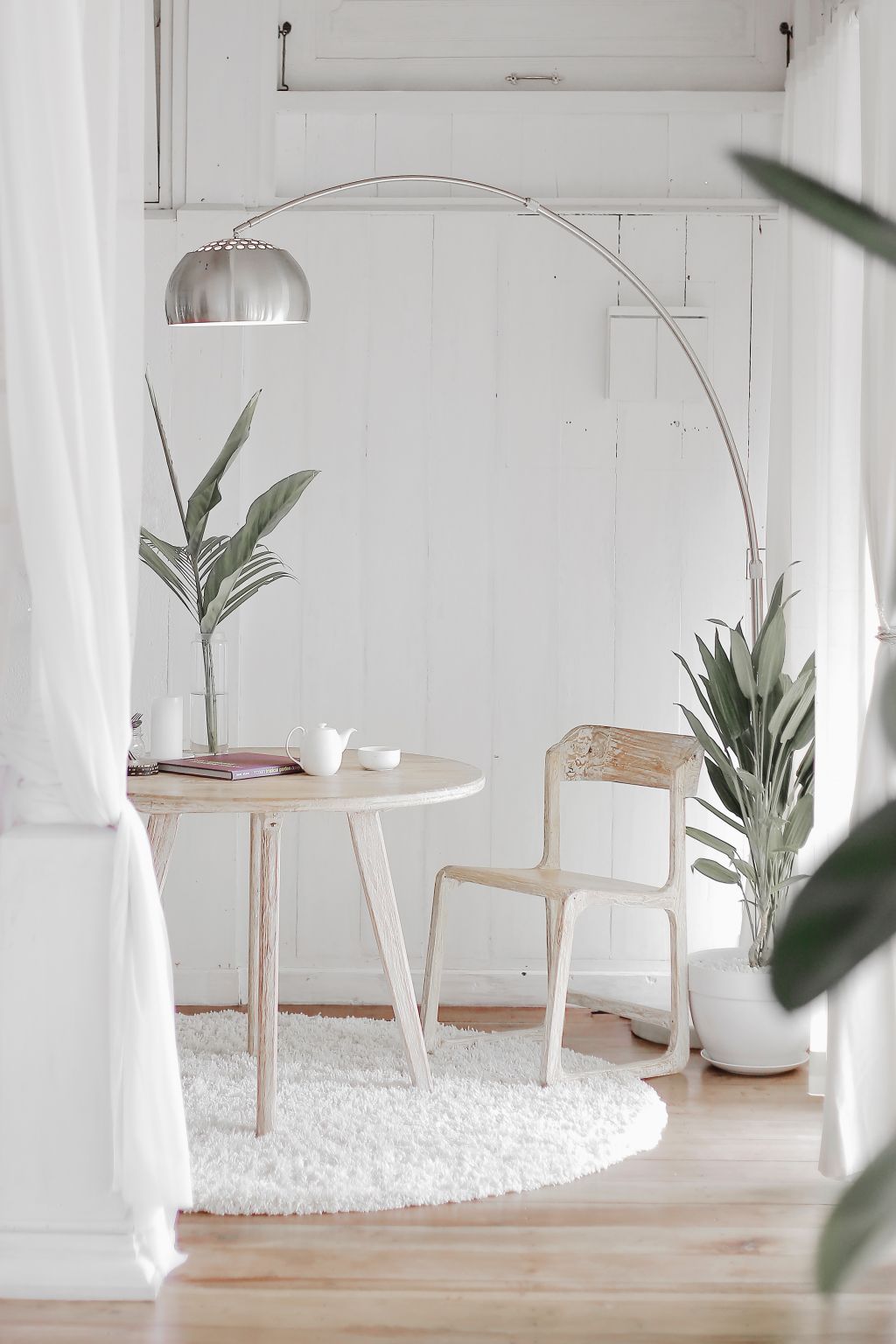
Painting over the all-timber interior of a Lockwood-style home is a bit of a big call, though. I was just talking about painting a few windowsills and architraves. Sharples says it can be done, with a little extra care.
“The Lockwood or interior timber will have some kind of clear stain or varnish on it. So to paint it, you’ll need to use a surface sealer and then your interior paint on the top of that.
“If the seal is in good condition and it’s not cracked or flaking or peeling anywhere, you can put the new surface sealer and paint over the top. If it’s broken down and back to bare timber in places, you’re better off sanding it all back to bare timber and then priming and painting.”
In the “love it and paint it” corner is builder Sam Harris of SC Harris, a restoration firm that specialises in vintage and character home rebuilding and restoration.
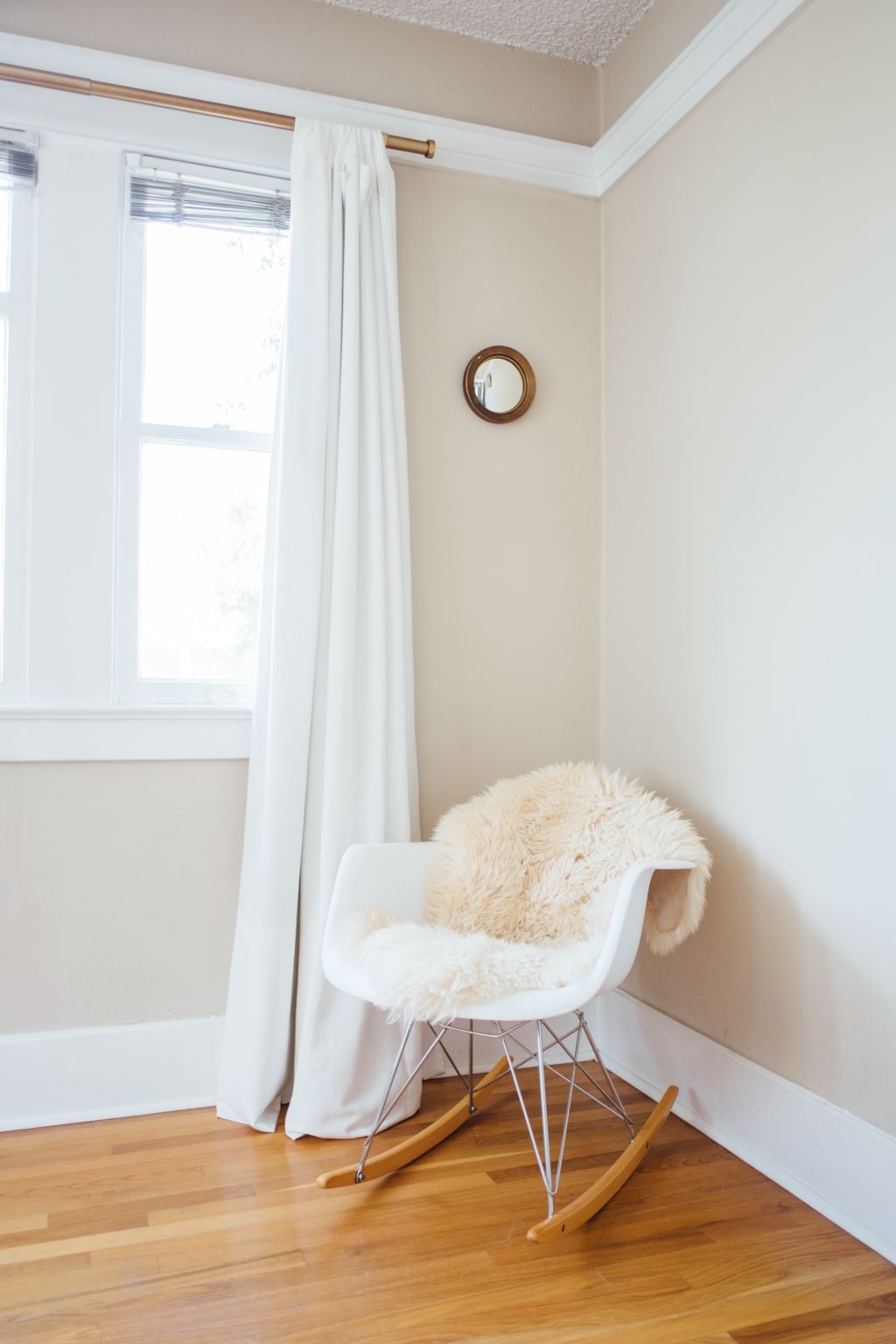
“It’s really preference, but the pros to painting out old rimu and things like that is that, potentially if there’s bora damage or the timber’s not in the best shape, you can fill it and paint it and it comes up like new.
“Getting re-runs of species like rimu can get quite expensive if you’re going to have exposed timber.”
Painted timber means you can patch bad wood with re-runs of pine for what Harris speculates would be half the price, if not less, than vintage native timbers.
By re-runs, Harris means new wood cut to match the sometimes ornate or detailed shapes of vintage sills, baseboards and architraves. With a painted re-run, you can retain the character of the home for a lot less.
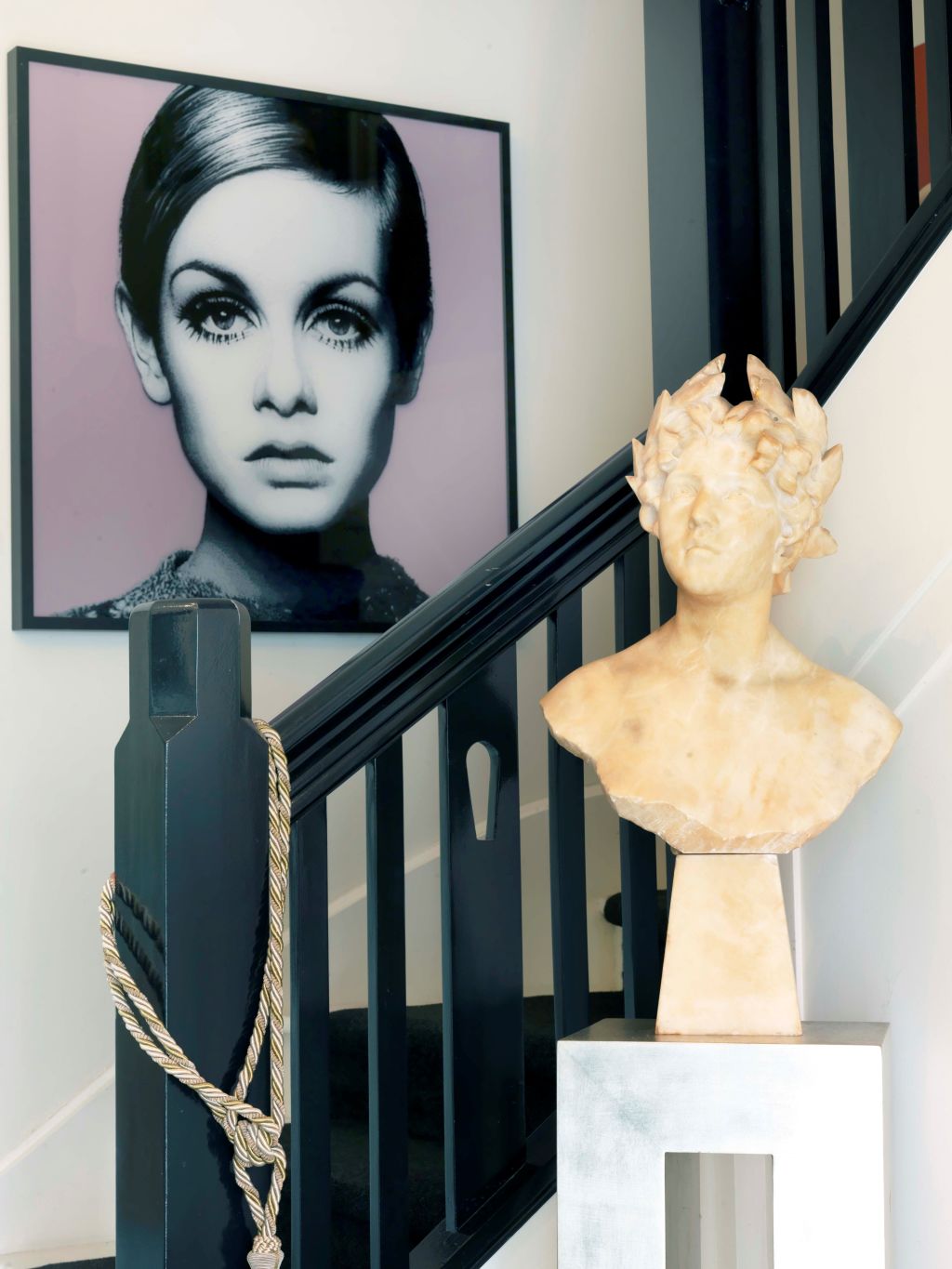
“The downside is that if you have a nice rimu or native wood panelling that’s been painted it’s a bit of a job to get it back to bare timber again.
“It’s not the end, but it’s really time consuming. You have to strip everything one layer at a time, and depending how many layers of paint have been put on it throughout the years it can be pretty tedious. Then you still have to sand and prep everything.
“You may also then find, once it’s stripped, that it’s been patched with different species of timber already and again, you’re up for re-runs of rimu or whatever native is in the house.”
He says a lot of people go for painting these days as it’s a fresh, bright look that lightens up darker homes. But he also makes a case for good old wood.
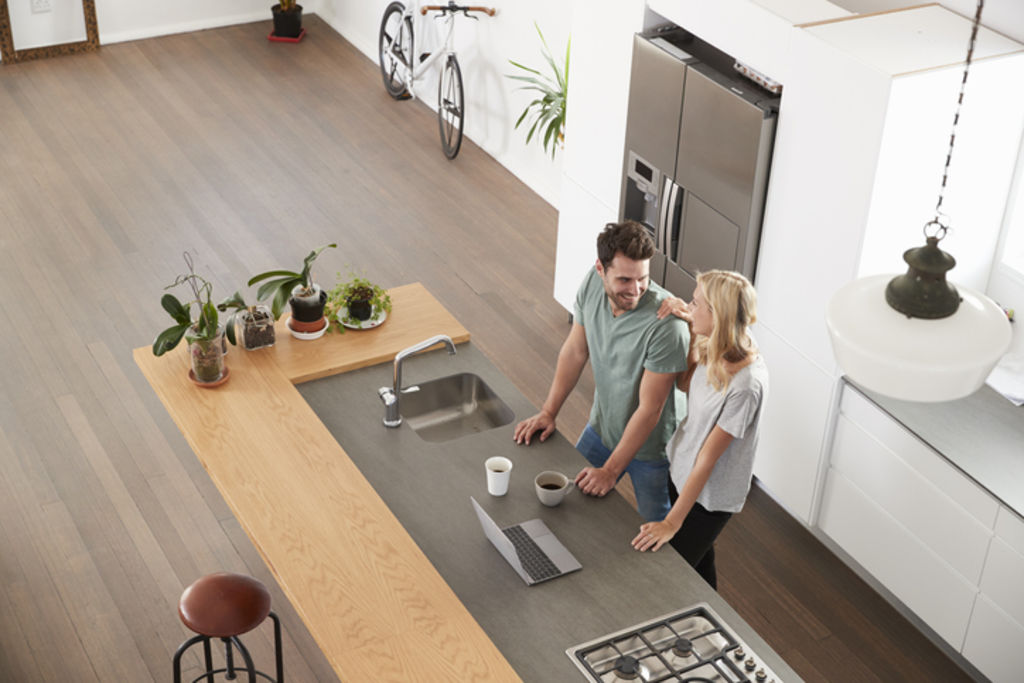
“If you know you’ve got beautiful rimu panelling in good condition, why not restore it? It’s going to be rarer as time goes on, but it’s a case by case scenario depending on condition.”
In the end, what ever choice you make, as long as it’s a refection of your taste, you’ll be doing the right thing.
Sharples agrees: “The thing is, once you’ve lived in that house for so long and you’re bored with the timber or the paint, the chances of you wanting to change back to it are pretty slim.
“Once you’ve made the decision you’re probably going to enjoy what you’ve done rather than think you’ve made a big mistake and want to change back.”
This story originally appeared on stuff.co.nz
We recommend
We thought you might like
States
Capital Cities
Capital Cities - Rentals
Popular Areas
Allhomes
More
- © 2025, CoStar Group Inc.
